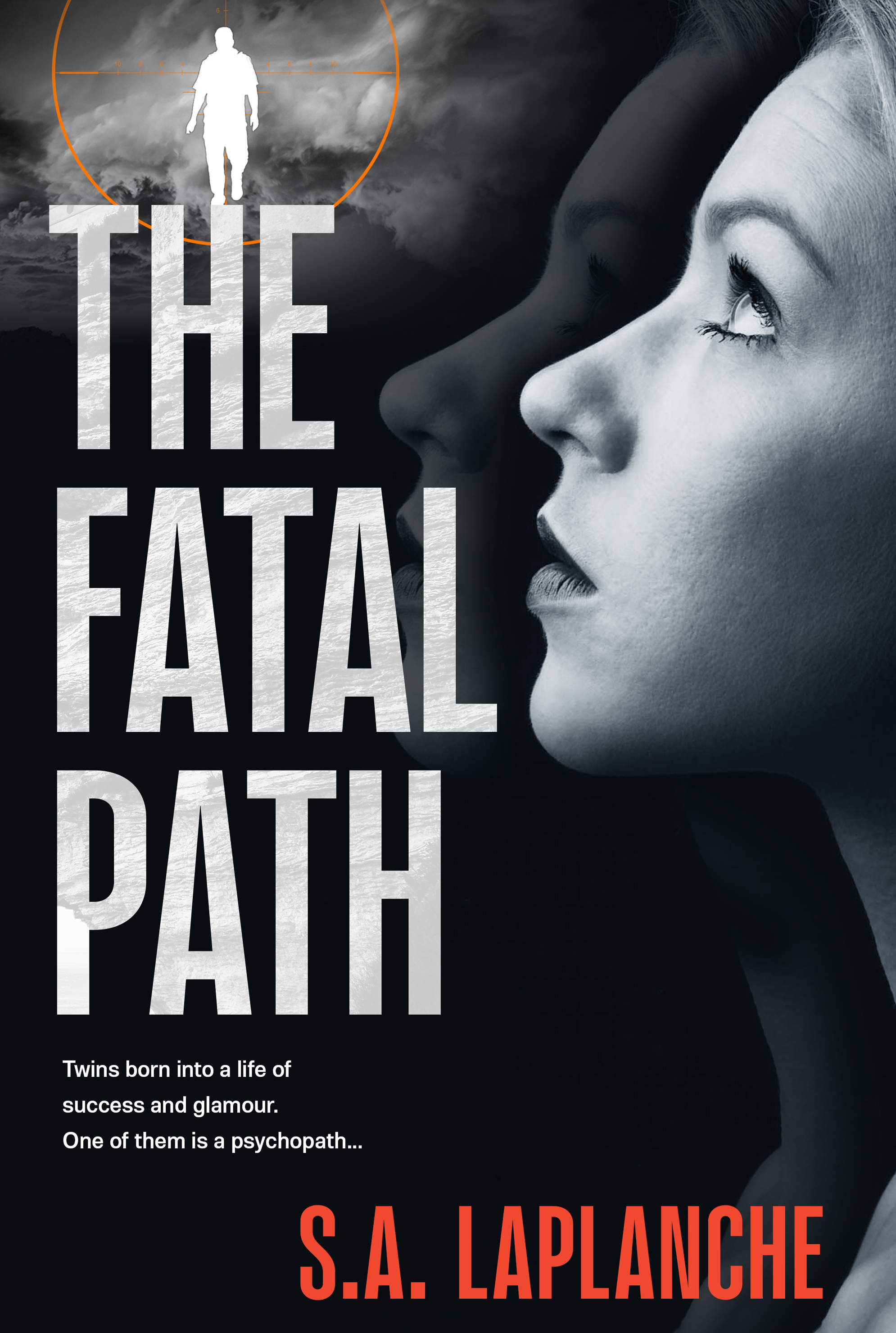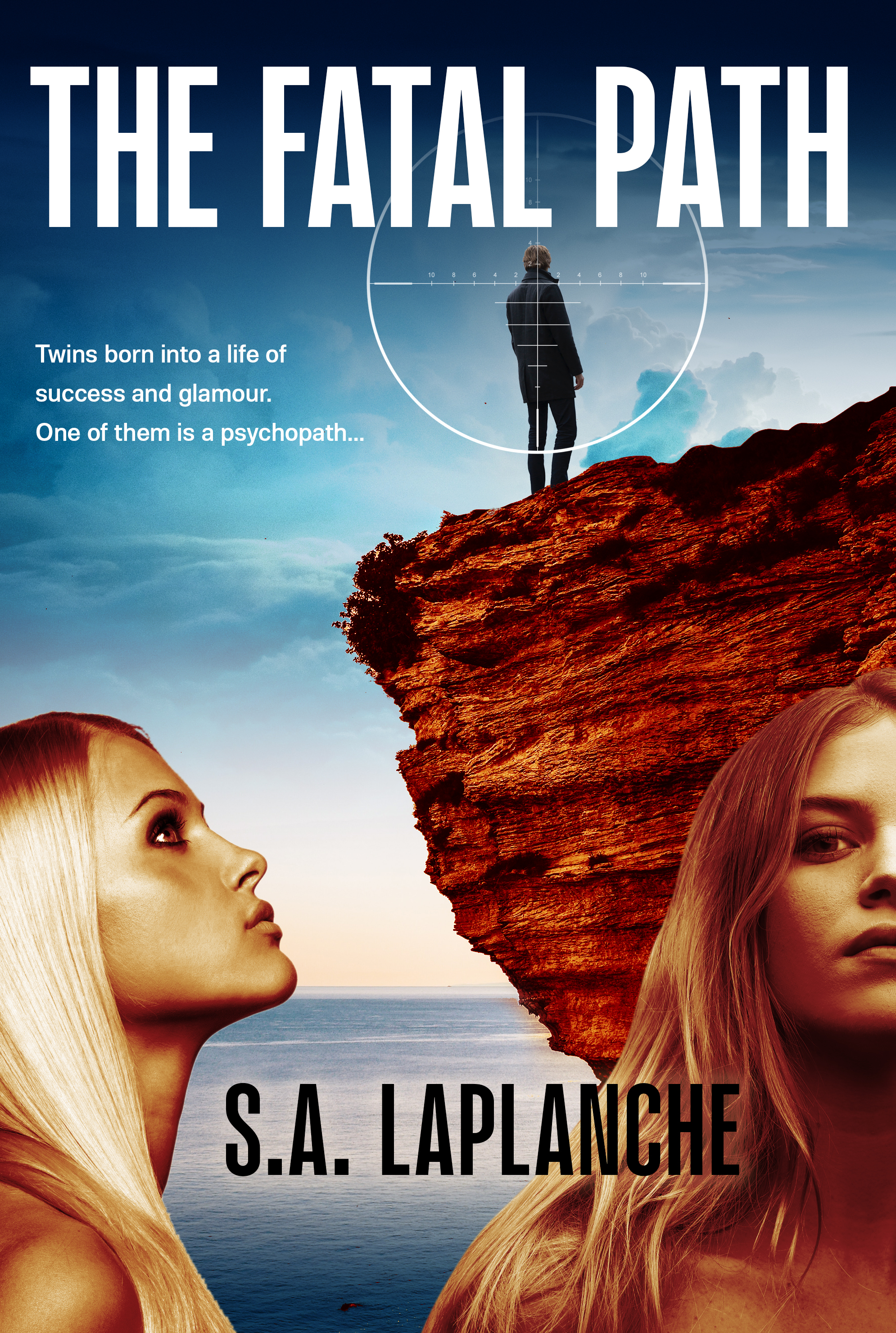Most writers start their careers because they love everything about the written word. Thinking about doing something other than writing is like a punch in the gut, but when it becomes a full-time career, the thing they once loved can create stress. Transitioning from writing as a hobby to a career adds tight deadlines, demands from readers or a publisher, revisions and uncomplimentary feedback.
Whether a seasoned pro or debut author, writers compete against approximately 150,700 other people in the United States doing the same thing. Approximately 65% of them are self-employed or under contract. Authors often find they spend as much time marketing and completing administrative tasks as doing the thing they love.
How Authors Can Find Joy During Burnout
Churning out book after book and staring down deadlines can drain even the most prolific writers. Figuring out how to balance an author's roles while remaining grateful for doing what they love requires intention. Fortunately, creators can implement specific actions to ensure they still love what they do.
1. Create a Work/Life Balance
With any career path, balancing work and play is essential to retain that spark for the industry. With writers, stories often consume them, leading to strange work hours and spending too much time researching or writing. Add all the other tasks an author must do, like marketing, book signings and outreach, and work can soon become overwhelming.
Establishing a writing schedule is one of the best ways to create a work/life balance. Choose blocks of time each day to focus on the latest work in progress, marketing, answering reader emails and recordkeeping. Authors should also create dedicated time for social pursuits with family and friends.
2. Find a Purpose
In one survey, around 31% of employees left their jobs because they felt the work wasn't meaningful. The desire to tell a great story drives authors at the beginning of starting a new book, but without a more significant purpose, they might soon lose direction.
If authors get too focused on a paycheck, writing is unfulfilling. Purpose is a personal journey. Each writer must figure out what matters to them at their core and then seek ways to find meaning, such as through speaking up for the underrepresented, touching one life through a story or raising money or awareness. Some authors donate a portion of their book profits to a good cause. Others write to help themselves and other hurting people heal.
3. Refill the Creative Well
When authors constantly create but never experiment or follow creative pursuits they love, their supply of creativity can run dry. When the world expects writers to produce a lot of content, the work gets repetitive. The creative spirit needs something more to feel inspired. In "The Artist's Way," Artist Julia Cameron wrote that creators must refill their wells to remain inspired. Open up creativity by:
● Pursuing favorite childhood activities like swinging at the playground.
● Going to an art gallery and staring at the paintings.
● Writing in a journal without pausing to think about the words.
Anything that makes an author’s heart happy can be a means of refilling the creative well and tapping into the passion they had when they began writing.
4. Automate Monotonous Tasks
Whether an author is with a publishing house or self-published, the millions of tiny tasks to keep a literary career moving forward can be exhausting. Fortunately, writers can automate many things with artificial intelligence (AI) advances.
For example, people who use a chatbot on their websites increase customer engagement by 80% to 90%. With advances in machine learning, AI-driven chatbots can carry on simple conversations and answer basic questions.
5. Take on New Challenges
When authors start writing, publishing a book seems next to impossible. Over time, as creators tackle bigger goals and accomplish them, initial tasks can grow boring. When writers feel stuck, embracing a new genre or something outside the ordinary may be the key to breaking through and finding joy in the process again.
Some things authors can try include:
● Entering a short story contest.
● Hosting a webinar for readers.
● Collaborating with a writer friend to create a series.
Like-minded people can inspire one another to reach new heights. Successful writers surround themselves with people who’ve tackled huge goals and accomplished them.
6. Take a Digital Detox
Social media and online reviews can knock down an author’s confidence, translating into melancholy. Finding inspiration requires getting out into the world and trying new things. It’s hard to write about experiences if one lacks them in real life.
Commit to a digital detox once a month. Turn off all social media, ignore emails and unplug. Avoid reading online reviews and carve out device-free zones designated for reading print books or journaling by hand.
Practice Living Joyfully
Joy may be hard to find during the most difficult times of a writer’s journey through publishing. However, creatives can nurture it with some extra work and determination.
By embracing the things that refill the artist’s creative spirit, authors can find their spark again and flourish in the career they were born for. Finding the right tools to maintain a passion for writing is a matter of grit and effort. The resulting elation will shine through the author’s stories.
About the Author
Eleanor Hecks is a writer and web designer who is passionate about helping other writers grow their online presence. Her work can be found on her site Designerly, as well as publications such as IndependentPublishing.com and I Need a Book Cover.



















